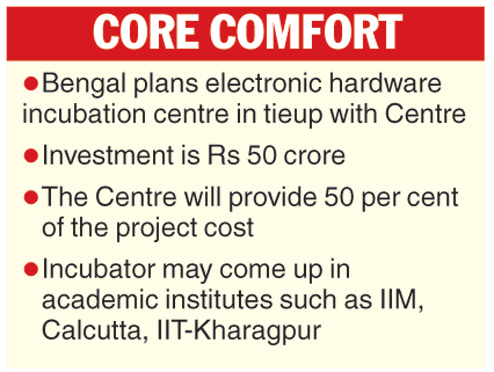
New Delhi, March 2: The Narendra Modi-government has now mandated that all profit-making PSUs must pay 30 per cent dividend every year to it.
Moreover, PSUs will have to shell out more if they do not have substantial expansion plans.
The twin diktats possibly violate the principle of arms length governance, which the Centre is seeking to promote by listing PSUs.
In its fiscal policy statement that forms part of Union Budget 2016-17, the finance ministry has stated, "To enhance revenues from dividends, the government has already taken action by making the rate of dividend at 30 per cent applicable for all public sector enterprises. Higher dividends can also be taken if they do not have any significant capex plans."
Earlier, in a communication sent to all secretaries and PSU chief executives in January, the finance ministry had ordered that all profit-making PSUs pay either 30 per cent of profit or 30 per cent of capital as dividend, whichever is higher.
The January communication was just an advisory to the boards of PSUs where the government has a majority. However, its inclusion in the budget makes the payment of dividend mandatory, which the other shareholders could object.
Previously, only oil and gas companies were expected to pay 30 per cent of their profit as dividend, while it was 20 per cent for others.
However, with a huge shortfall in divestment receipts and fears of continued stock market turmoil impacting targets next year, the government is seen as trying to gouge out as much as possible from the PSUs.
The letter sent in January by economic affairs and expenditure secretary Shaktikanta Das had said that "capital investment requirements of central public sector undertakings (CPSEs) may be kept in view but it needs to be specifically assessed whether those investment requirements can be fully or partly met out of market borrowing, to leverage the favourable debt-equity ratios in the CPSEs. ln fact, reliance on market borrowings would enforce more professionalism in the CPSEs."
Divestment collections this fiscal are estimated at Rs 1.18 lakh crore, much higher than the budgeted target of Rs 1.06 lakh crore because of the January fiat to PSU chiefs. Collections a year ago stood at Rs 88,781 crore.
In the next financial year, the government plans to collect Rs 1,23,780.05 crore, an increase of nearly 23 per cent over the current year's budget estimates, by making the January letter a standing instruction.
Central PSUs are estimated to contribute around Rs 54,000 crore, while banks, financial institutions and the RBI will pay nearly Rs 70,000 crore.
However, the finance ministry has come up against unexpected objections from the RBI to its policy vis-a-vis banks.
The RBI had in a report sought a review of the policy, pointing out that PSU banks were now listed entities and the government had also announced several reforms on its controls over them.
"As envisaged under these reforms, they are expected to work as 'private' entities in terms of their business strategies, operations, controls and financial targets," the report by the RBI said. "Therefore, the business model of PSBs, their capital structure and dividend policy needs a review."










